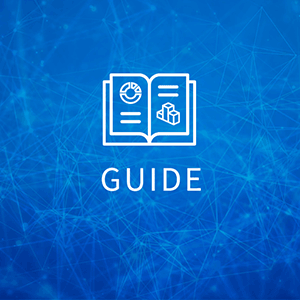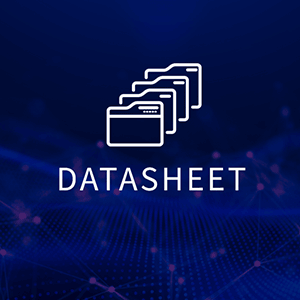This is the fifth installment in our blog series examining the key questions that must be answered in order to plan your organization’s IT for 2022.
The complex task of migrating applications to the cloud
As the benefits of cloud continue to be realized, more and more organizations are accelerating their plans to utilize public cloud services for their workloads.
If you’re like many businesses, your first few cloud-based applications were developed directly in the cloud and were architected to use cloud-friendly patterns and services. These are often referred to as “greenfield” applications, as they’re seeded, sown and nurtured in the cloud from the outset.
There will still be, however, a large number of applications in your portfolio that were developed years (or perhaps decades) ago, that run in non-cloud environments. These legacy applications were developed with technologies that were state-of-the-art at the time, and most likely involved on-premises resources. They were architected to take advantage of these self-owned and controlled resources, some or all of which may not be available in the public cloud.
The 5 ways to move applications to the cloud
There are multiple strategies for migrating these non-greenfield (often referred to as “brownfield”) applications to the cloud, each with its own pros and cons. These strategies, known as the “5 Rs,” are illustrated below.
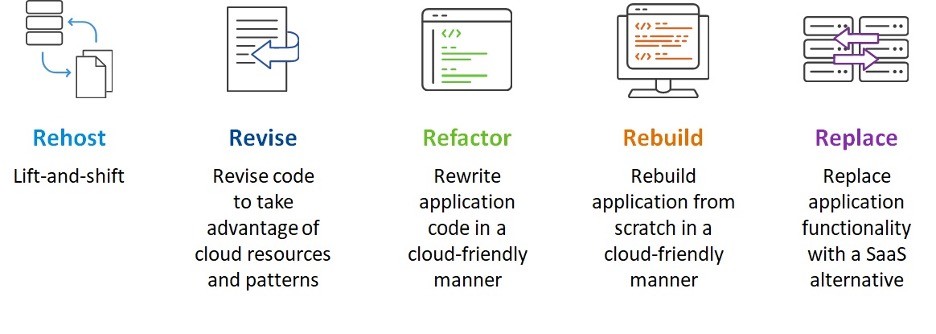 No matter the strategy, careful forethought and planning are essential in order for a migration to be successful. Many applications fail and/or struggle in their new cloud environments due to a lack of a true understanding of the application itself, as well as its dependencies and relationships with other applications in the portfolio.
No matter the strategy, careful forethought and planning are essential in order for a migration to be successful. Many applications fail and/or struggle in their new cloud environments due to a lack of a true understanding of the application itself, as well as its dependencies and relationships with other applications in the portfolio.
Agentless discovery, automated dependency mapping
This is where Flexera One’s Cloud Migration and Modernization (CMM) offering can provide significant insight and benefits to your cloud migration efforts.
Cloud Migration and Modernization utilizes an agentless discovery mechanism that traverses your network and all the devices it contains, taking inventory of both the physical resources involved and the applications and services running on those resources.
The data from these inventory sources is normalized using the power of Technopedia, our proprietary and comprehensive IT asset data repository. This enables application rationalization by identifying areas of redundancy or opportunities for consolidation—as the easiest migration you can perform is the one you don’t need to do at all.
After collecting and normalizing this inventory data, CMM identifies the dependencies between the applications in your IT estate and creates business service maps illustrating which of these application components comprise unique business services.
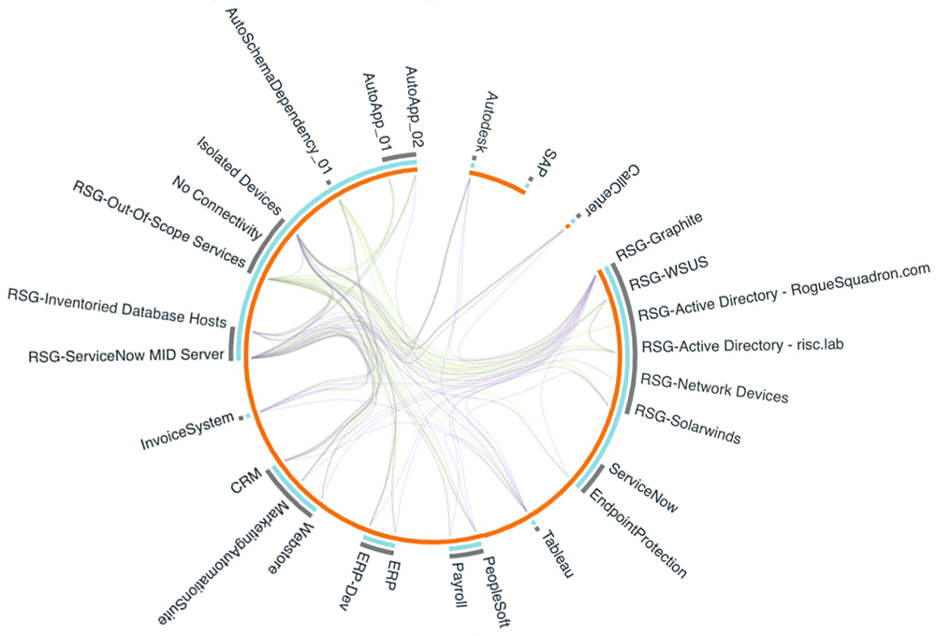
For example, a database that’s utilized by many different applications will be represented as a spider web of dependencies in the UI of a standard application dependency tool.
But with CMM, the individual business services that access that database are highlighted, as well as automated application grouping of device dependencies within those business services, allowing for a more informed decision on which applications should be prioritized for migration.
Know your cloud costs before you migrate
CMM’s Cloud Cost Assessment functionality provides insight into which cloud provider, instance choice, purchase method and resource provisioning model is best for each workload, budget and performance requirements.
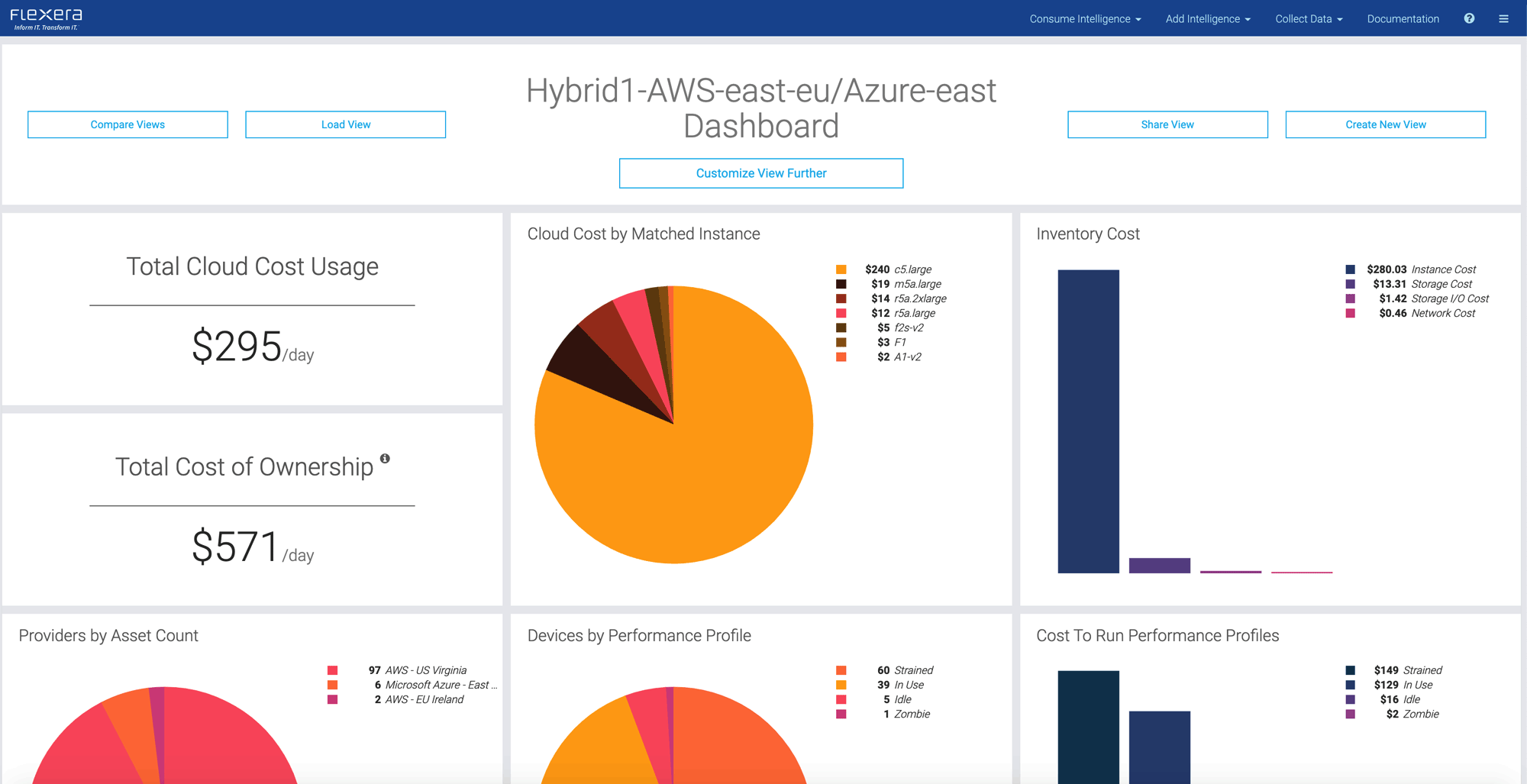
This provides valuable insight into the costs you can expect to incur based on which cloud and deployment model you choose, and places your workloads onto cost-effective resources, which can be more finely tuned with Flexera One’s Cloud Cost Optimization capabilities.
Cloud Cost Assessment will also assist with on-premises cost optimization by identifying candidates for instance rightsizing as well as idle and/or unused resources.
In combination with Cloud Cost Assessment, CMM’s Workload Placement features enable you to identify the performance requirements of your workloads and map these to the cloud providers and resources that are best aligned with those needs. Cloud migration application ranking can be customized using rulesets, tags and the collected performance data to suit any strategic migration initiatives.
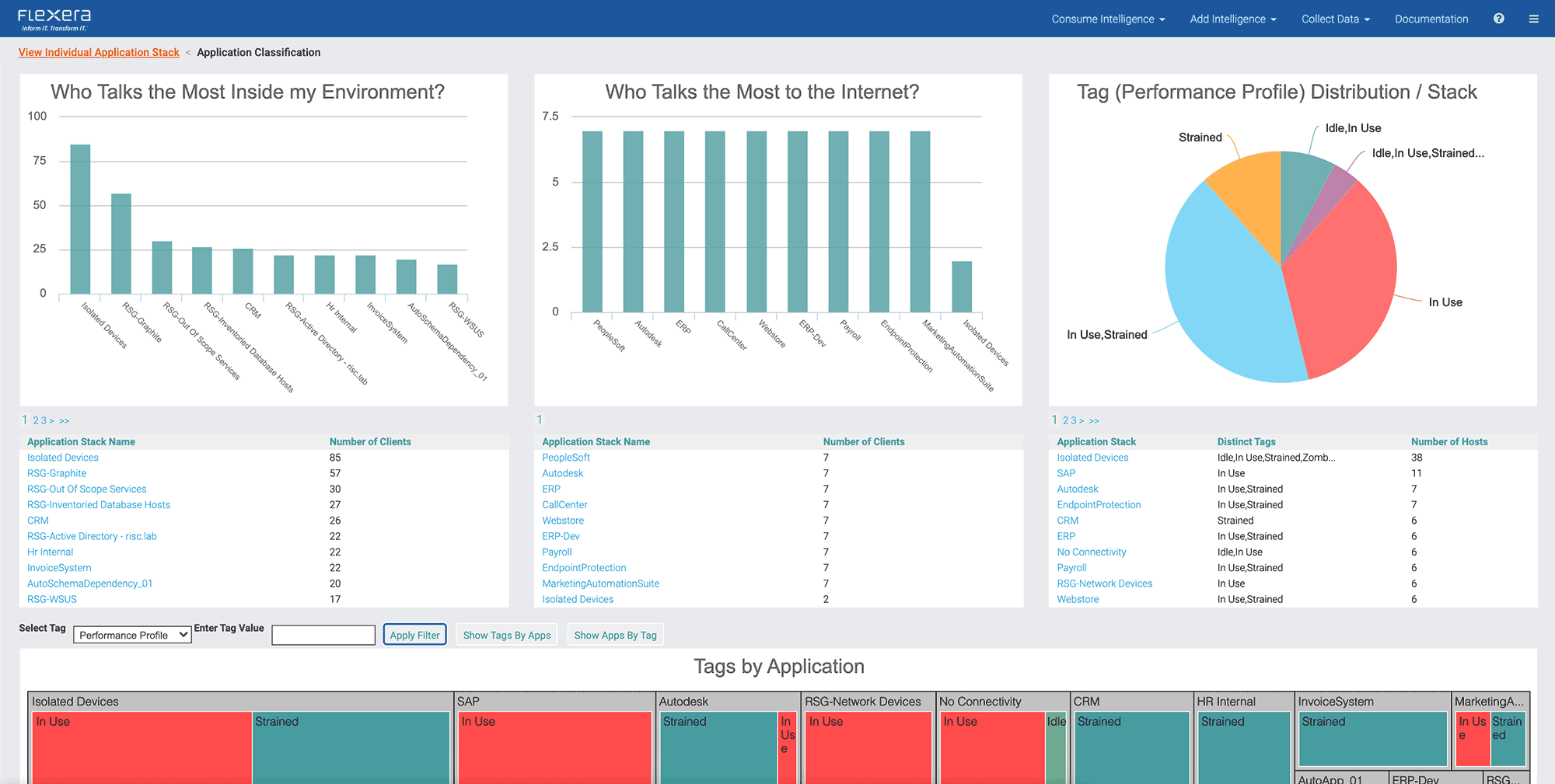
Map your migration with precision and confidence
The full suite of features offered by CMM allows you to gain visibility into all the physical and application assets within your IT estate, and to prioritize the migration of these applications based on what matters most to your organization—whether performance, cost, ease of migration or any combination of these factors.
This data can be exported and used by numerous migration tools and services such as the AWS Migration Acceleration Program tool, RiverMeadow and CloudEndure. And as part of the Flexera One platform, these applications can be monitored and optimized from a cloud spend perspective once they have been migrated to their new home in the cloud.
Flexera cuts cloud complexity down to size
As Flexera’s 2022 State of the Cloud report illustrates, 50 percent of organizations’ workloads are in the public cloud today, with plans to expand this footprint even further in the coming months and years.
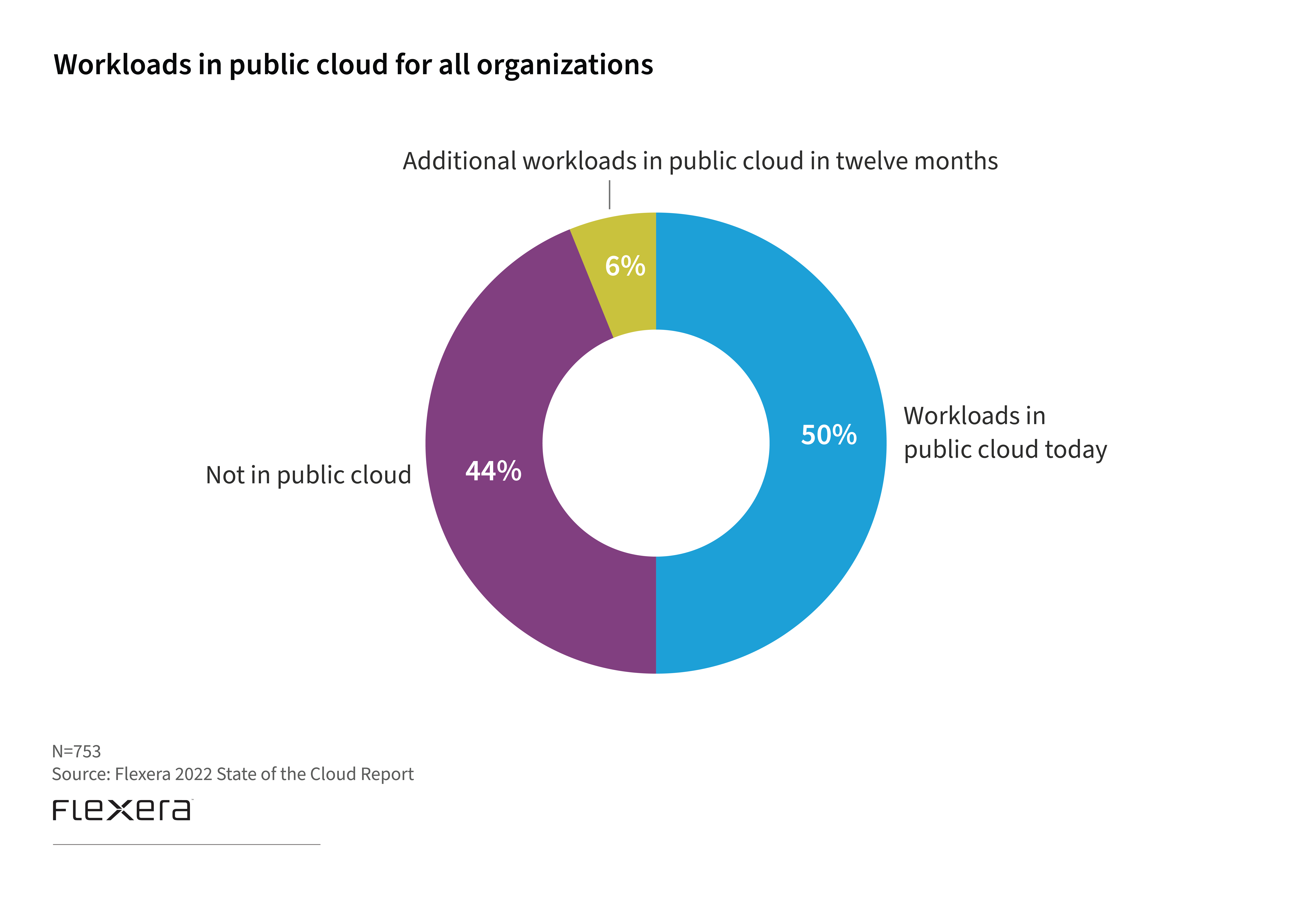
For the vast majority of these organizations, these will be existing workloads that must be migrated from their current home to the public cloud.
Cloud Management
Take control of cloud use with out-of-the-box and customized policies to automate cost governance, operations, security and compliance.
Cloud migration can be a daunting task, but Flexera One’s Cloud Migration and Modernization delivers the insights that make it manageable.
See how we can clear up the cloud
Time is running out to create the cloud strategy you need to set your organization up for success next year. Download our free, comprehensive guide and find a path to the cloud that makes your IT planning more precise.





